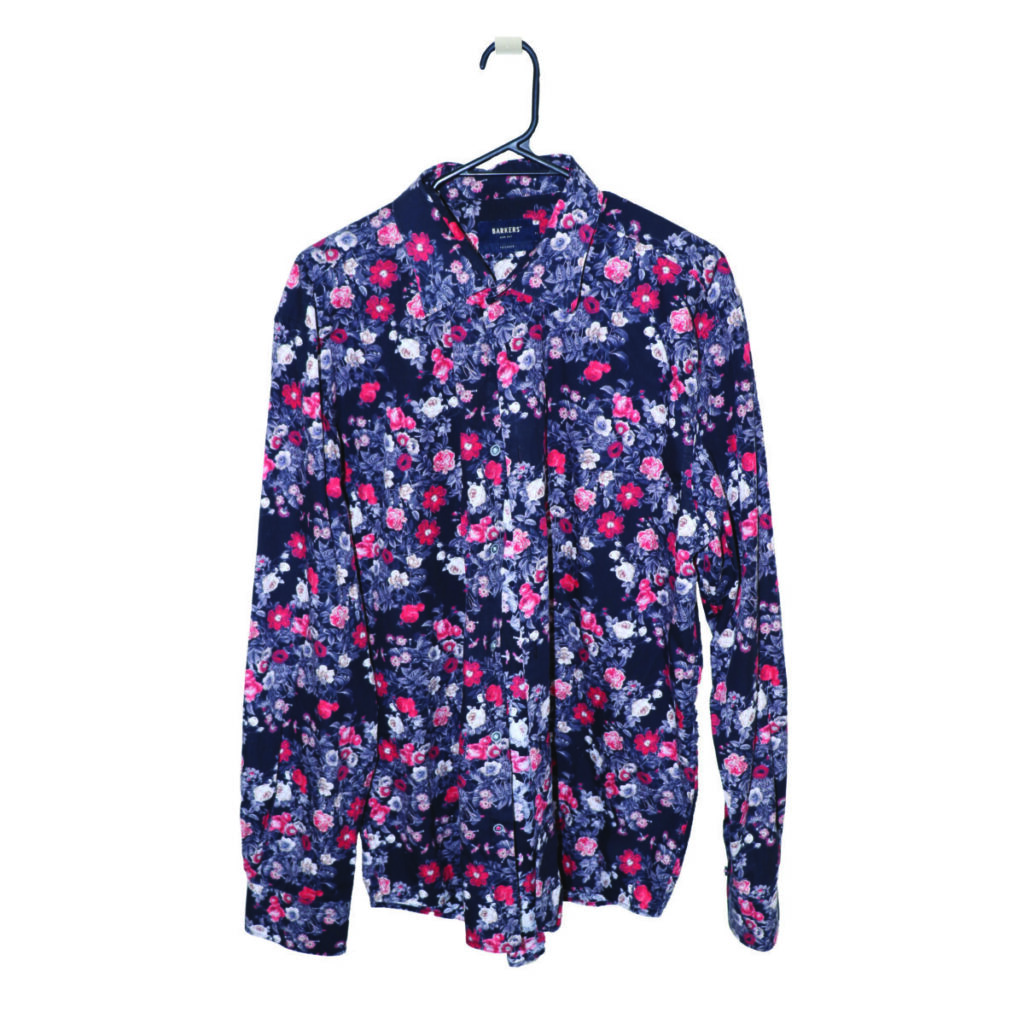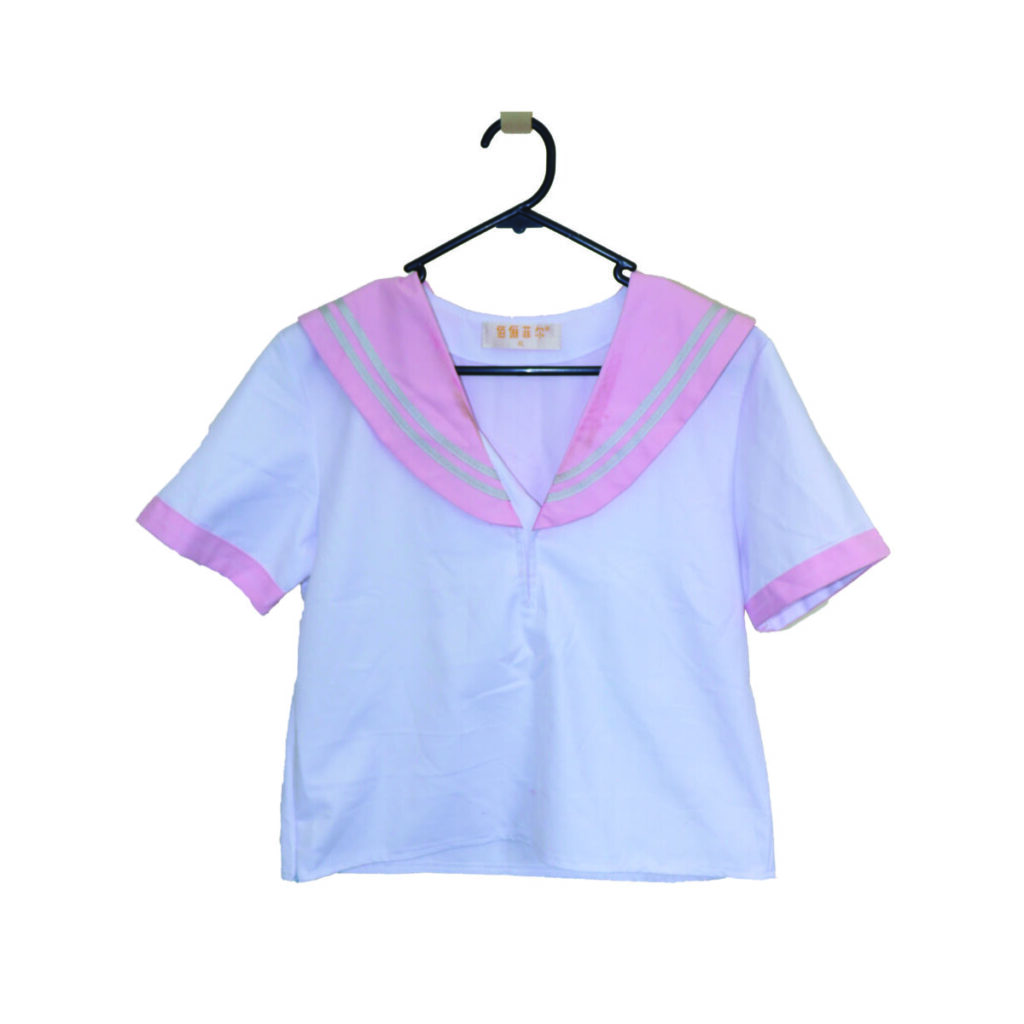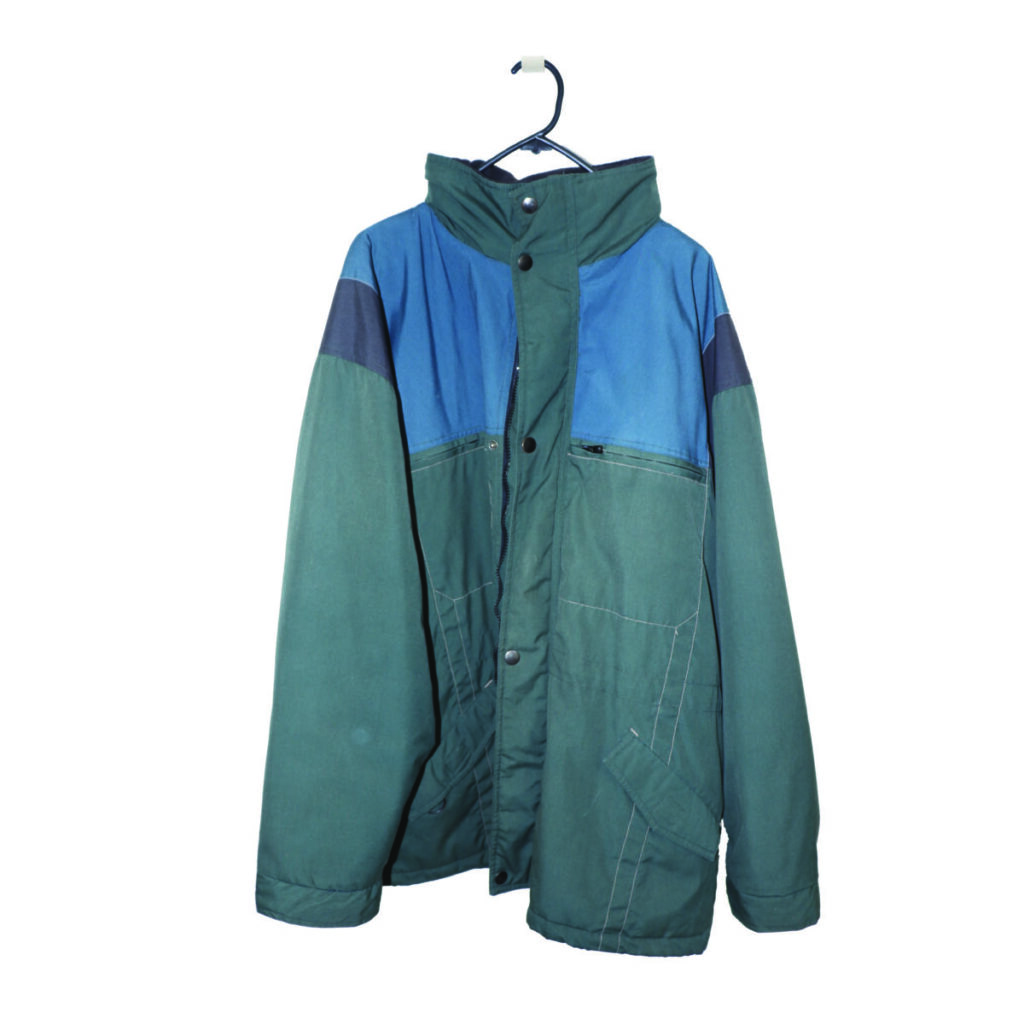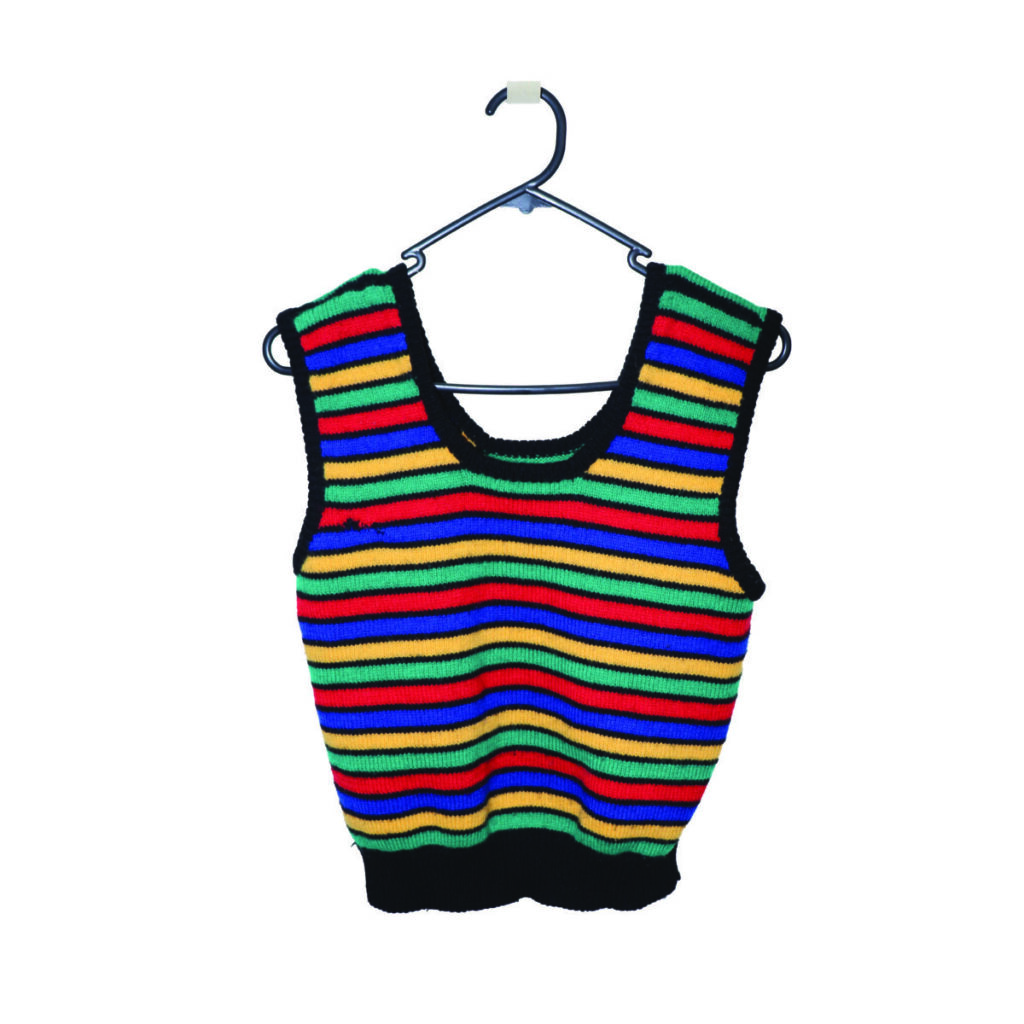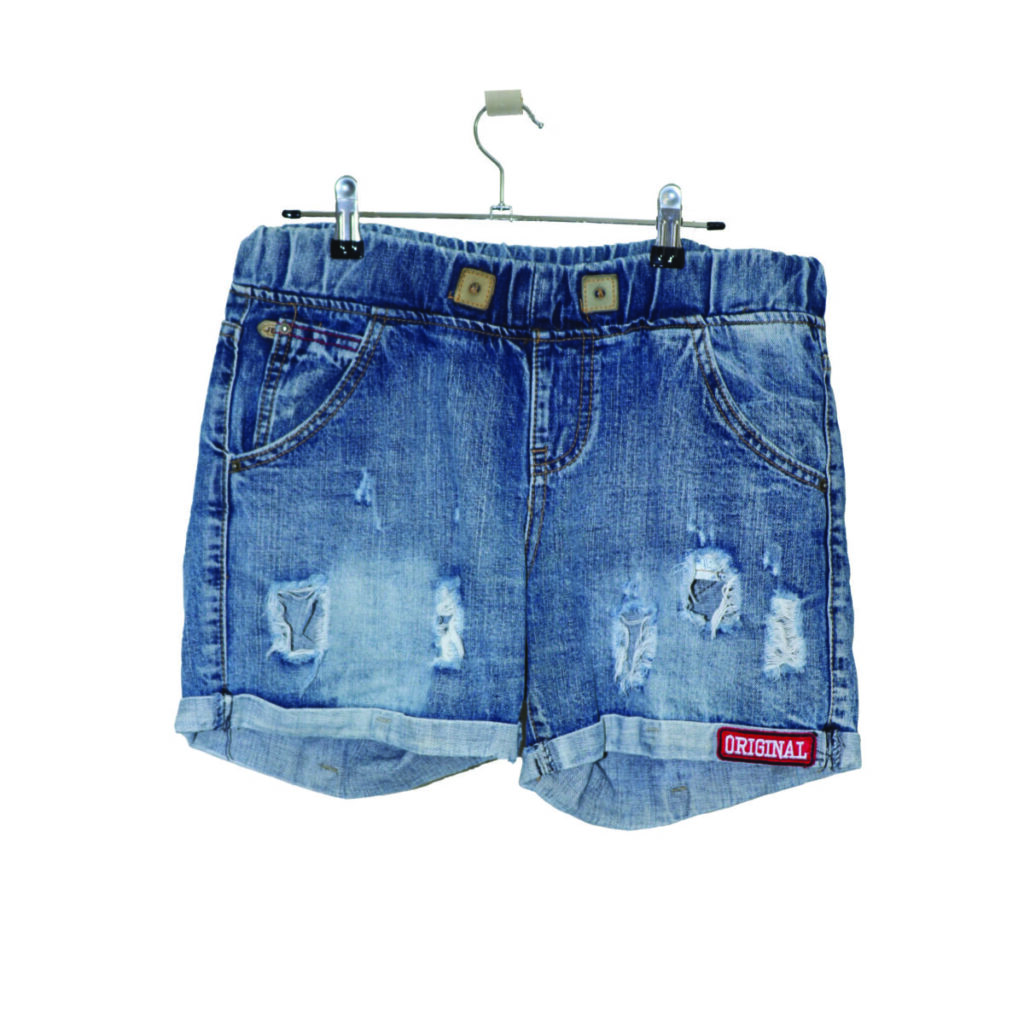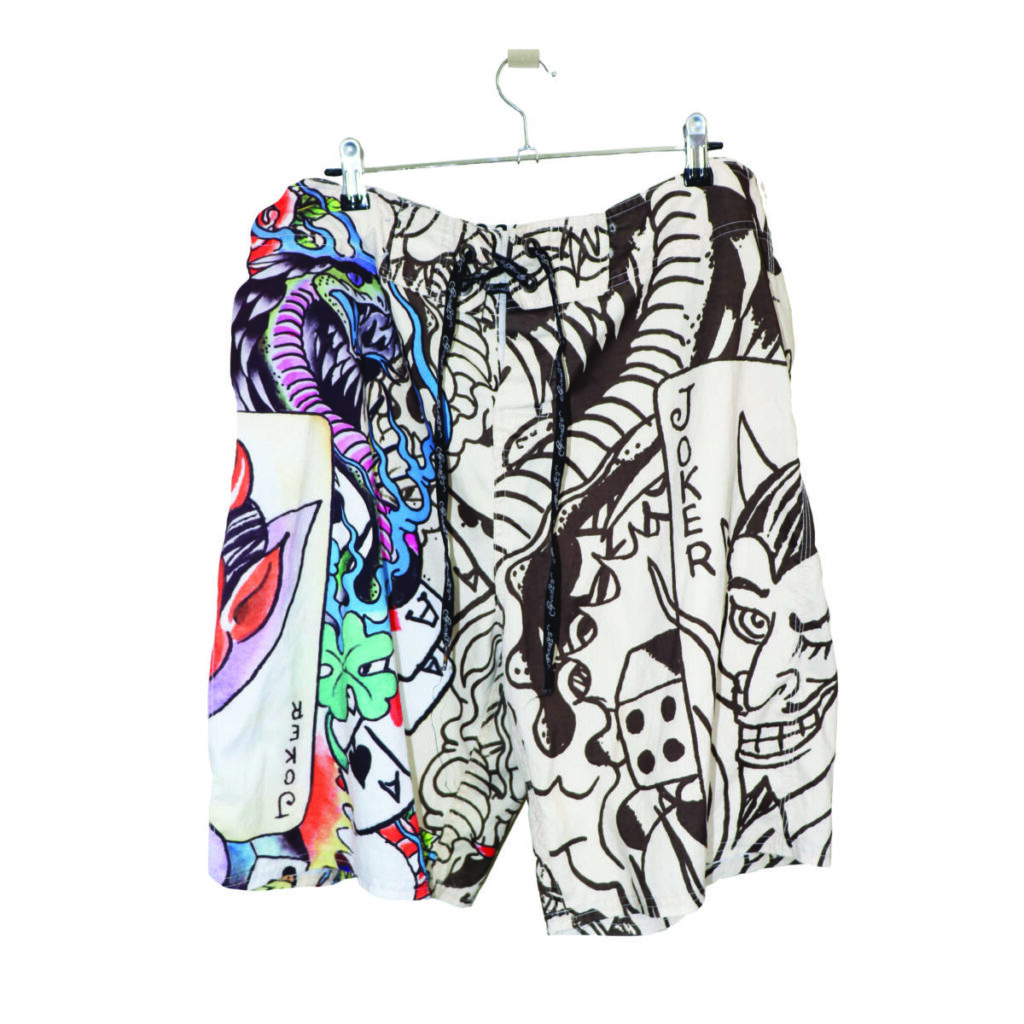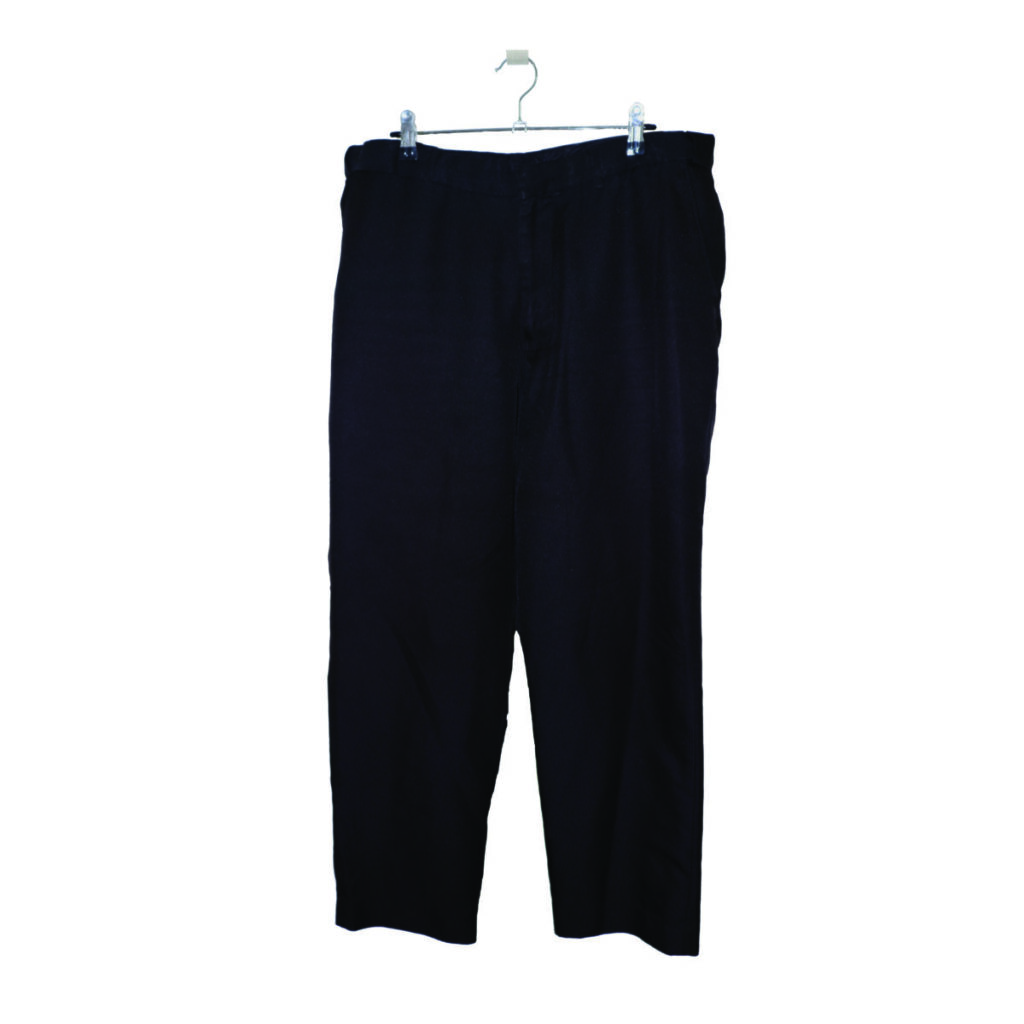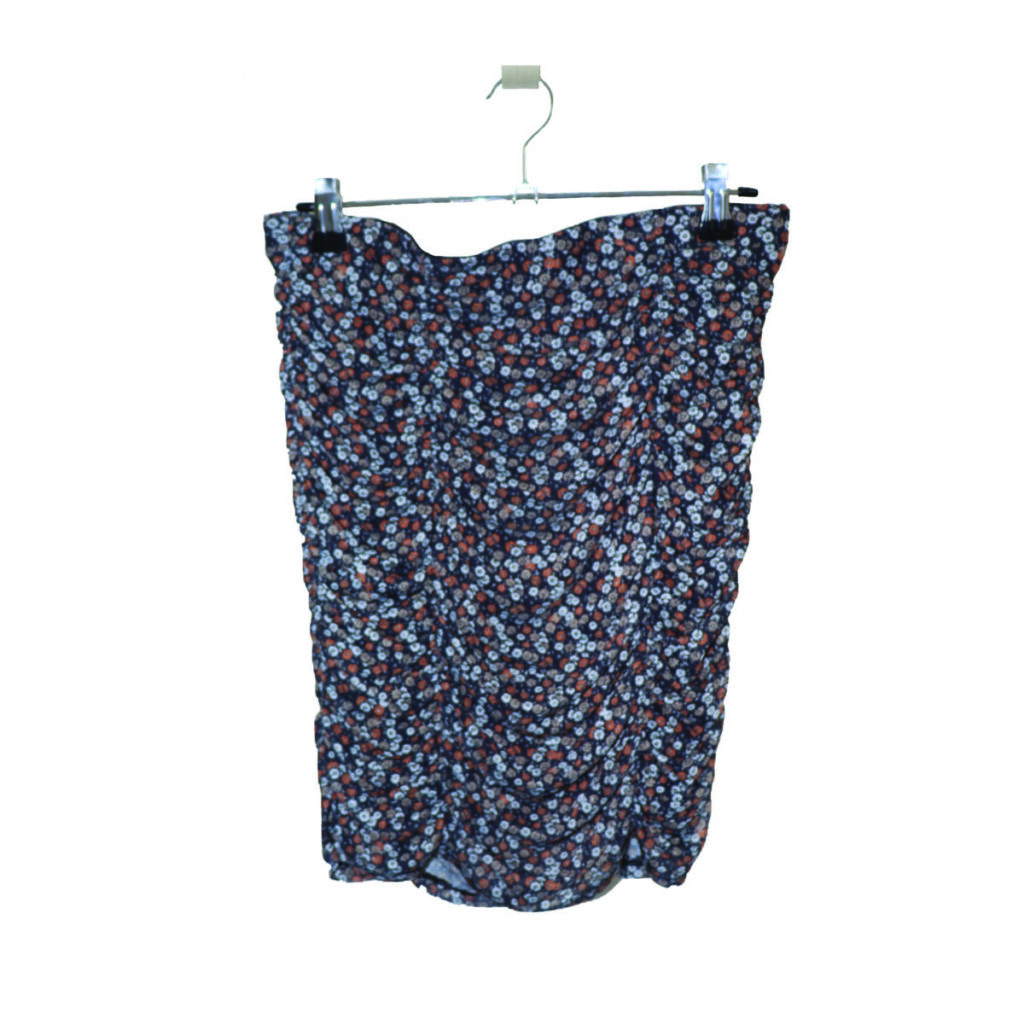Empowering Community Wardrobe and the heart of slow fashion
Rainbow Hub Waikato empowers and supports the rainbow community through accessible pre-loved fashion. Explore the aroha of the slow fashion movement.
Community Wardrobe an empowering, safe and fun space
Rainbow Hub Waikato, is a non-profit organisation that strives to embrace, celebrate, and support diversity and identity. Their community wardrobe has grown rapidly over the past year, seeing much love from across Aotearoa.
Rainbow Hub asked themselves what they could do to help the queer community and clothing seemed like a pretty awesome option. The wardrobe is a space for people to donate clothing they no longer need or use and to add some new free items on their gender-affirming fashion journey.
In the inception of the community closet, it was just one broken rack that would get wheeled out every now and then. Once everything was set up in the new space and a callout to the community was made – the donations were overwhelming. People were really keen to give clothing to a place which would pass it on to others in need for free.
It’s been a community outreach, with one person having a wardrobe overhaul and donating 500 items, and another community organisation donating around 100 items. “It’s been amazing and overwhelming at the same time.” says Education Coordinator Slay, who spent two weeks last summer washing and processing all the clothing. “At one stage my table, couches, floor, just everything was covered in piles of clothing.”
The organisation is all about empowering and supporting the rainbow community. People often forget the power of being able to present the way we want to present through wearing the clothes we feel safe and comfortable in. Slay says “each time I see empty coat hangers that’s my representation of how many clothes have gone out into the community and the impact those clothes are having.”
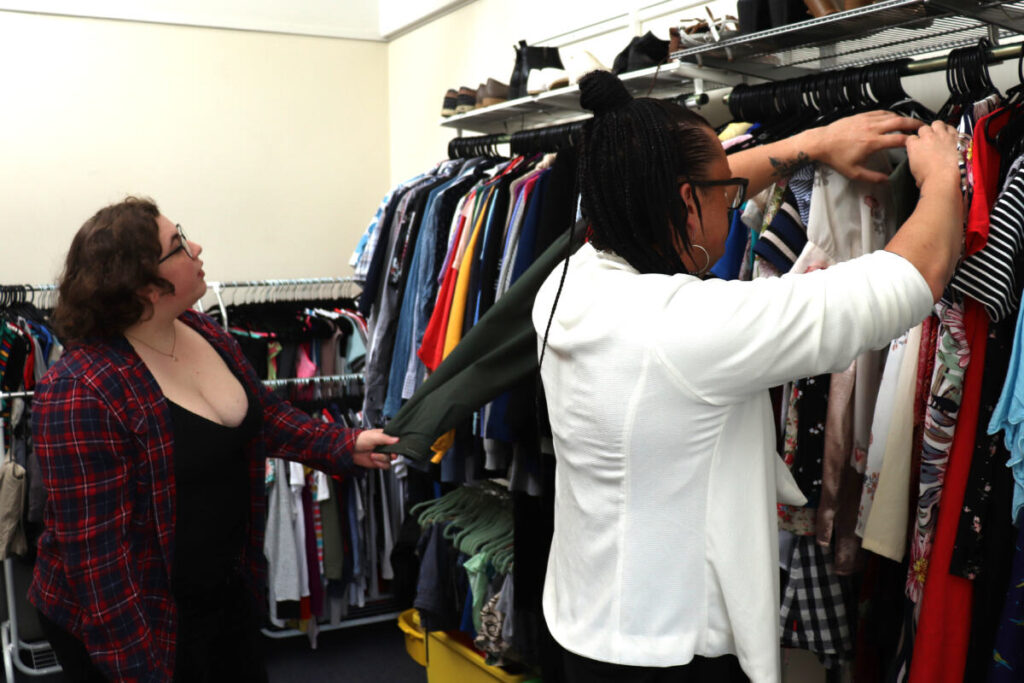
My personal favourite thing about it is the culture. People get in here and bring their friends and it’s the first place they beeline to. It’s so fun and full of generosity and sharing, and contributes to the energy of the space.
Liv Mehrtens – RHW Digital Coordinator
Seeing really young people on a gender journey and finding something that really affirms their identity that really sparks joy and brings passion to what we do.
Slay Way – RHW Education Coordinator
The aroha doesn’t stop there. Cozy gender neutral changing rooms contain free sanitary products, donated by Endo Warriors Aotearoa, safe sex products, and mirrors to check out your new ‘fit in.
In future plans, alongside improving accessibility, they aim to look at donating any clothing that hasn’t shifted after a year to other charities who may find it useful so that they can keep getting new items in and keep the giving cycle going.
To donate you just pick up an earthwise laundry pack and bring the clean clothes to Rainbow Hub Waikato at Level 1/36 Bryce Street, Hamilton Central.
Make your own outfit!
Slow fashion – pumping the style brakes
The term fast fashion is being used more and more, with slow fashion rising against it. Fast fashion is a production method based on producing large numbers of trending clothing as cheaply as possible to distribute for lower costs. Research from Mckinsey & Company shows that the average person today buys 60 percent more items of clothing than they did 15 years ago. In fact, the number of garments produced annually exceeded a whopping 100 billion for the first time in 2014.
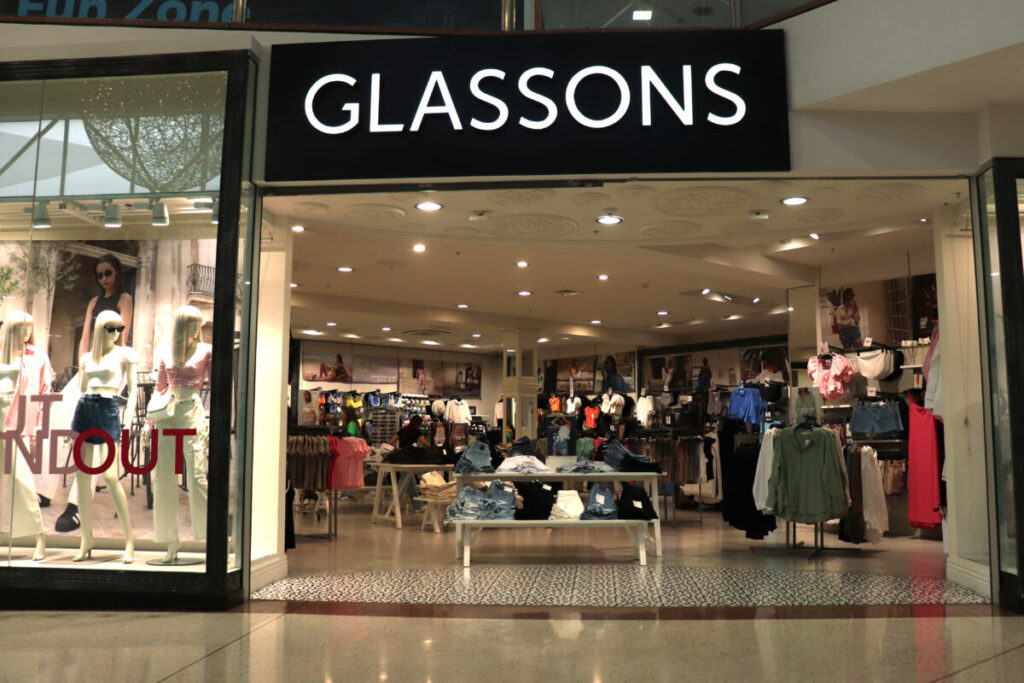
Slow fashion takes it back to the basics. Mending, repurposing, washing with care, consuming sustainably, and buying quality over quantity. With the internet changing fashion trends as fast as we can blink, some people are looking to slow things down.
Haley James is one of many people practising slow fashion in their daily life. “There are many different ways to do slow fashion,” she states. Some choose to completely abstain from buying fast-fashion and only purchase items from sustainable brands. Others buy from wherever they can, depending on personal circumstances, focusing on having a small pool of clothing they love and care for.
Haley mixes it all. Currently, she opts for buying second hand over new clothing from sustainable brands. She rewears outfits, buys versatile and hardy items, and repairs them all herself.
The slow-fashion movement has seen a rise in interest over the last few years. Haley has watched the community grow from hardly anybody to a wide variety of body types, styles, and values being reflected. Some choose to create a ‘capsule wardrobe’ of versatile pieces that can all be mixed and matched together. Others rent clothing for certain occasions. There are groups of friends who swap clothes with each other to help each item be loved to the fullest.
Where you get your clothes is just the beginning. Mending is another core tenet of slow fashion. Learning to mend helps people slow down and appreciate how much work and care goes into making a quality garment. The more consumers value their clothes, the less they’ll waste. It’s a simple formula that breathes new life into fashion. All you need to start out is some thread, a needle, and the willingness to give it a go.
Embroidery, stitching, and patching are Haley’s go to mending methods. “I often just start stitching and hope for the best!” Haley laughs. One of her well-loved sweaters suffered a hole at the elbow, which was fixed with a patch and is worn with pride. One of her other solutions is embroidering designs, especially flowers, over stains that are determined to not go away. This is only the start in her mending journey. In the future, she aims to learn how to darn her knitwear too.
Slow fashion is open to anybody and everybody, you don’t need to throw out your clothes and buy only sustainably made ones. Just love what you have and buy thoughtfully to be on your way to a slow wardrobe.


